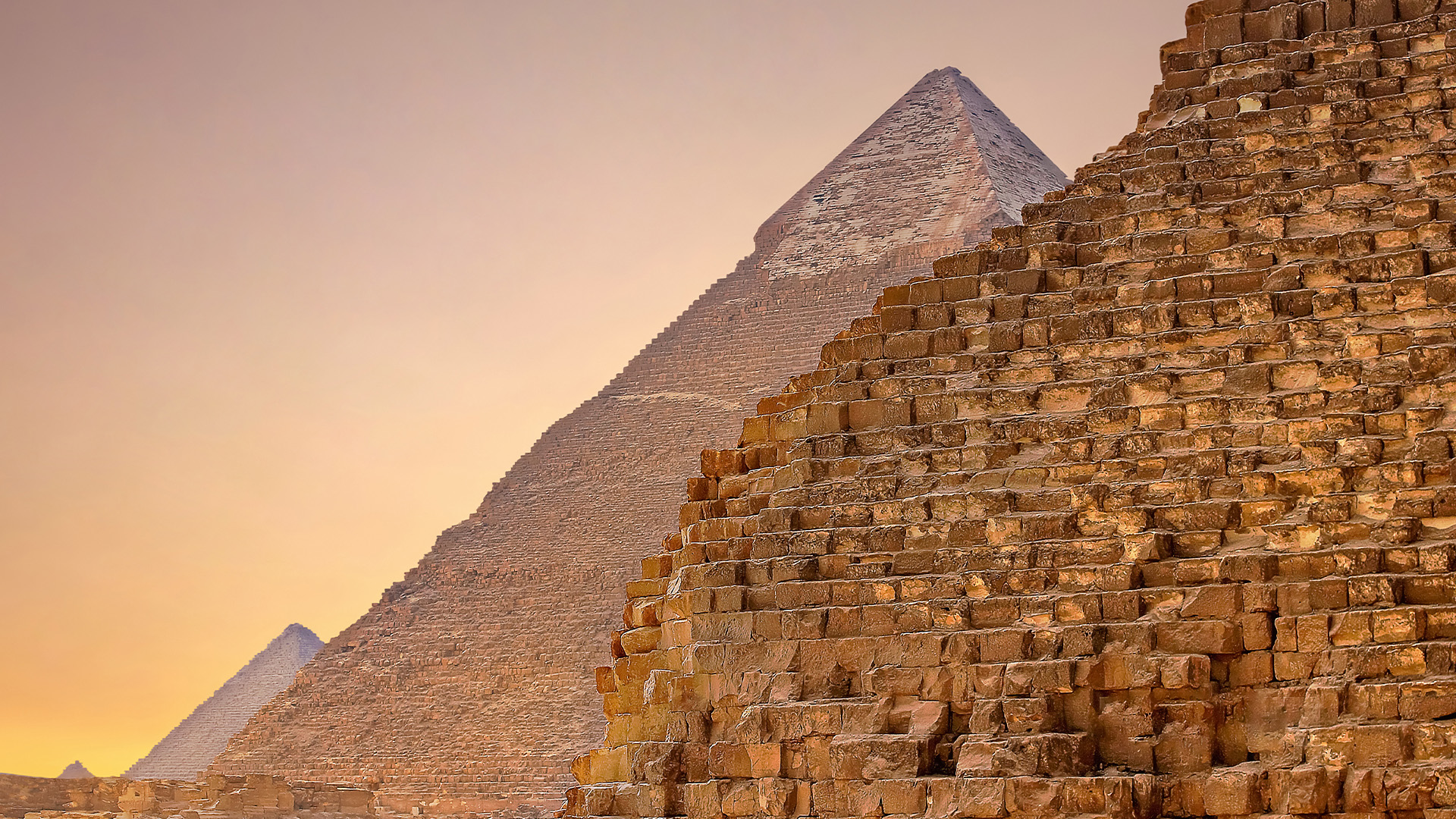
Egypt's pyramids are stunning — the Great Pyramid of Giza, in particular, is the last surviving wonder of the ancient world. But although dozens of these structures dot the landscape, is it known precisely how many ancient Egyptian pyramids still stand today?
If you type this question into Google, you'll get the number 118 at the top of your screen — an answer that derives from Wikipedia. But Live Science talked with a number of scholars and found that the answer to this question is actually quite complicated.
"I don't think it's an answerable question," Ann Macy Roth, a clinical professor of art history and Hebrew and Judaic studies at New York University, told Live Science in an email. Roth noted that scholars don't necessarily agree on what counts as an Egyptian pyramid.
For instance, during the 25th dynasty (circa 712 to 664 B.C.), Egypt was ruled by pharaohs from Nubia (now modern-day Sudan and parts of southern Egypt). These Nubian leaders built pyramids in Sudan but were also rulers of Egypt, so it's a matter of debate whether the pyramids they built in Sudan should be counted.
Another problem is whether smaller pyramids — sometimes called "queens' pyramids" — that were located beside larger pyramids should be counted toward the total. For instance, there are at least eight smaller pyramids beside the pyramids of Khufu, Khafre and Menkaure at Giza. Modern day scholars also call these smaller pyramids, which are sometimes poorly preserved, "secondary pyramids."
Related: How were the Egyptian pyramids built?
Mark Lehner, president of Ancient Egypt Research Associates and author of "The Complete Pyramids: Solving the Ancient Mysteries" (Thames & Hudson, 1997), pointed out further challenges with counting the pyramids. "It depends in part on what you call a pyramid," Lehner told Live Science in an email. One problem is that not all pyramids were completed. And in some instances, construction of a pyramid stopped shortly after it began, so there's the question of "whether you count pyramids that hardly got started," he said.
Lehner also noted that during the New Kingdom (circa 1550 to 1070 B.C.), private individuals sometimes built a small pyramid at their tomb, and whether to count these tiny pyramids is debated. "If you tried to include the non-royal pyramids of the New Kingdom, which were normally quite small and are often completely ruined, there are many, many examples, and probably many more that have been completely lost, or with foundations not yet excavated," Roth said.
While the number of Egyptian pyramids is debatable, one scholar said that the 118 number may not be far off. "I believe that figure is probably in the right ballpark although I haven't personally counted them all," David Lightbody, an Egyptologist and adjunct professor at the University of Vermont, told Live Science in an email. He noted that many would be smaller private pyramids.
While Egypt is well known for its pyramids, there are actually more pyramids in Sudan than in Egypt, Lightbody said. Indeed, vast numbers of pyramids continue to be found in the ancient cemeteries of Sudan although they are much smaller than those constructed at Giza.







